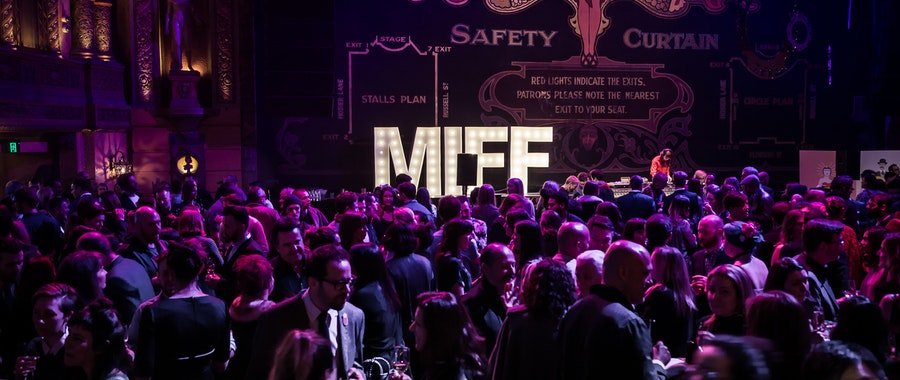Cultural Hotspots and Local Scenes
Data about small scale clusters of cultural activity gives us unique insight into the social, political, and artistic values of cities, suburbs, neighbourhoods and regions. Tracing the formation, concentration and convergence of local scenes provides opportunities for better understanding the ways that cultural data are tied to local knowledges, place and people.
We aim to chart the yearly inception, organisation, and disbandments across geographical area in order to develop a model for understanding the ebbs and flows of arts and cultural organisations, their artistic networks and patterns of political influence to facilitate key insights into the dynamics of local scenes. Borrowing from the six principles set out in Yanni Alexander Loukissas’ All Data Are Local, we are attentive to the ways that: all data are local, have complex attachments to place, are collected from heterogenous sources, are inextricably entangled with algorithms, are indexes to local knowledge, and are recontextualised through a range of interfaces.
Suggested Readings:
David Beer, Metric Power (Palgrave MacMillan, 2016)
Andy Bennet and Richard A. Peterson, eds, Music Scenes: Local, Translocal and Virtual (Vanderbilt University Press, 2004)
David Carlin, ‘Designing for the performance of memory’, in Digital Materialities: Design and Anthropology, edited by S. Pink, E. Ardevol and D. Lazeni (Bloomsbury, 2016)
Channon Goodwin, ed., Permanent Recession: A Handbook of Art, Labour, and Circumstance (Onomatopee, 2019)
Yanni Alexander Loukissas, All Data Are Local: Thinking Critically in a Data-Driven Society (MIT Press, 2019)
Peta Tait, ‘Risk, danger and other paradoxes in circus and in Circus OZ parody’, in The Routledge Circus Studies Reader (Routlege, 2020)

